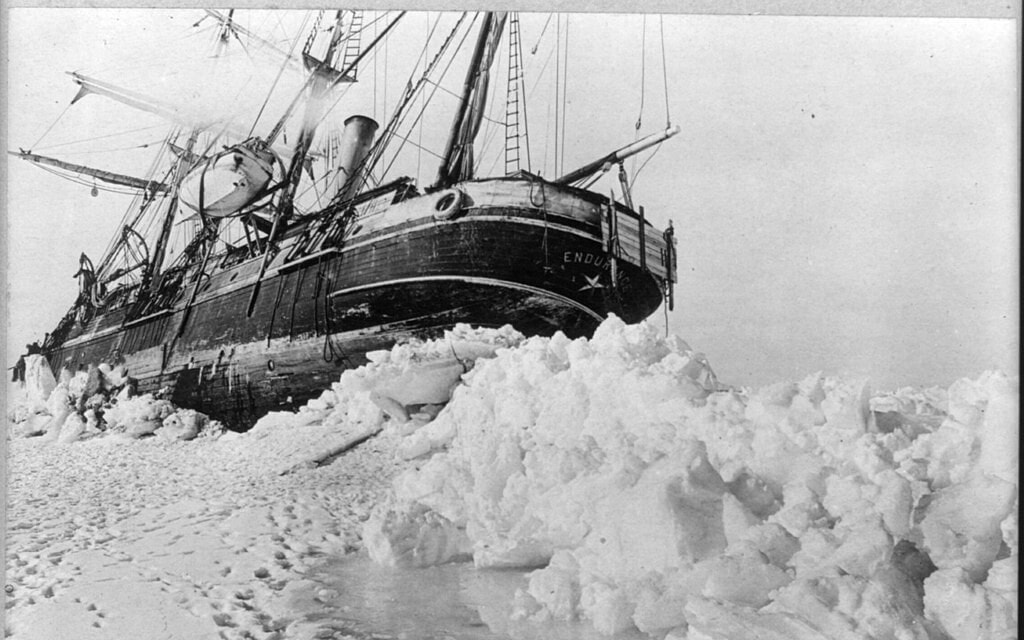Ernest Shackleton knew the South Pole holds the world’s greatest mysteries. It is a desolate, forbiddingly cold place without natural features that would make it habitable. The modern science stations in Antarctica find amenities difficult to ship in and challenging to keep operational; there are few natural resources to make life easy in Antarctica without being a penguin or a seal.
For the brave Antarctic explorers of the 1800s and early 1900s, like Amundson, Scott, and Shackleton, ventures to the continent were risky and often deadly. But in 1914, Ernest Shackleton organized the Imperial Trans-Atlantic Expedition to traverse the continent. It ended in disaster for him, but recent discoveries from the debris of his wreck is gaining traction in the scientific community.
Ernest Shackleton

After many a brave adventurer tried (and failed) to claim the South Pole, a Norwegian expedition led by Roald Amundsen reached the pole in 1911. But that didn’t stop Antarctic voyagers from seeking adventure and fame through Antarctic exploration. There were many “firsts” yet to claim. Among these intrepid trailblazers was British explorer, Ernest Shackleton.
Born in County Kildare, Ireland in 1874 and raised in London, he defied his father’s hopes of a medical career and joined the Merchant Navy. He moved up the ranks quickly, becoming a First Mate within two years, and a certified master mariner by age twenty-four. By that time, he became interested in Antarctic adventures. In 1901 he joined the ranks of Antarctic explorers ready to go where no person had gone before.

